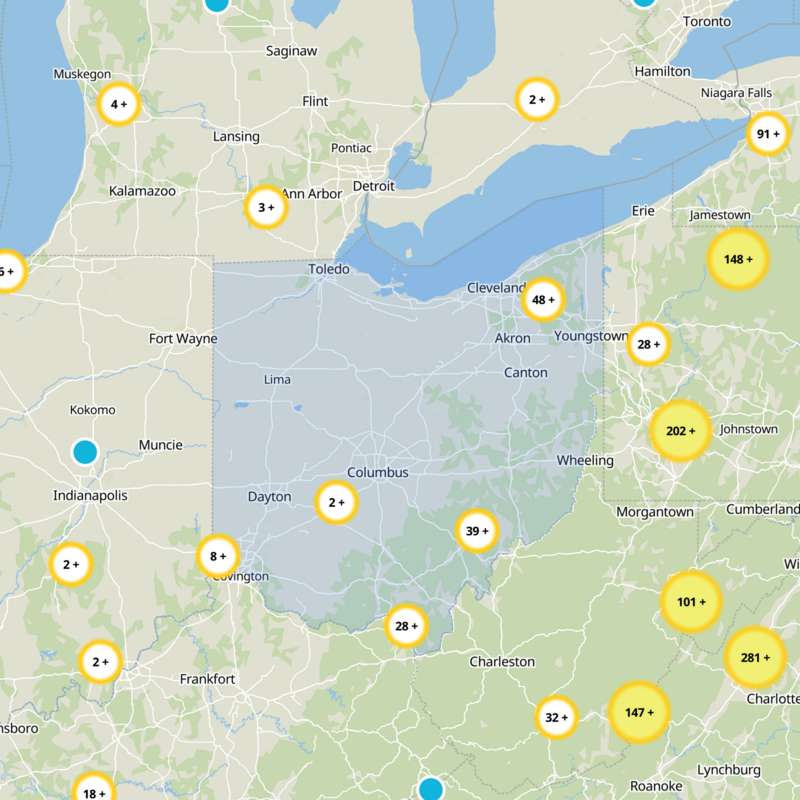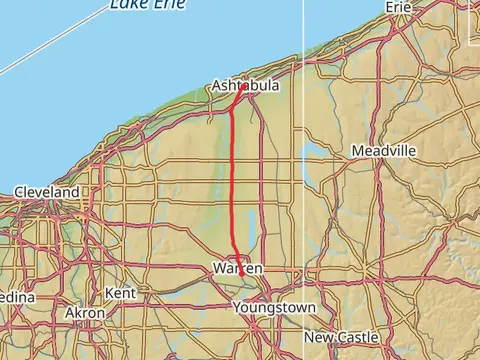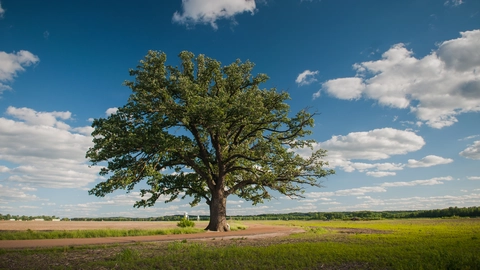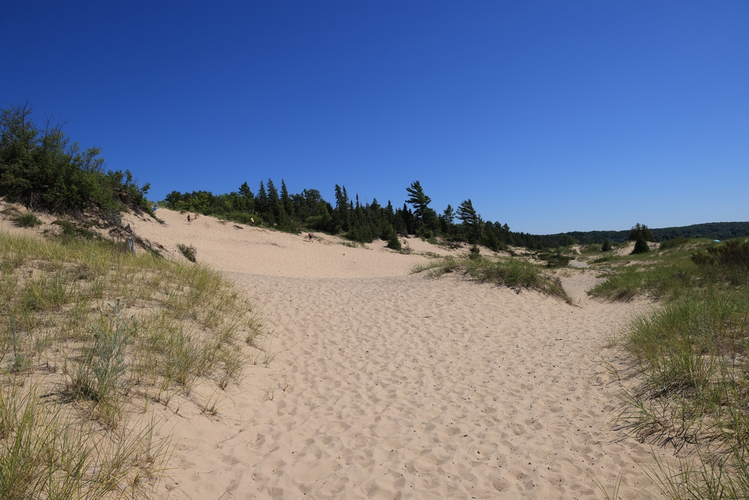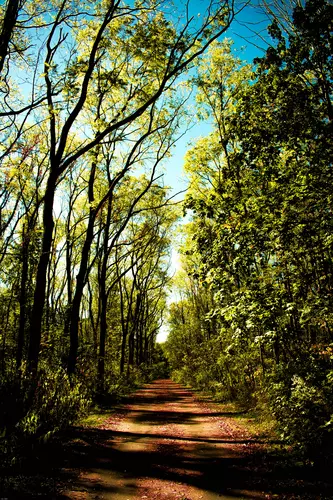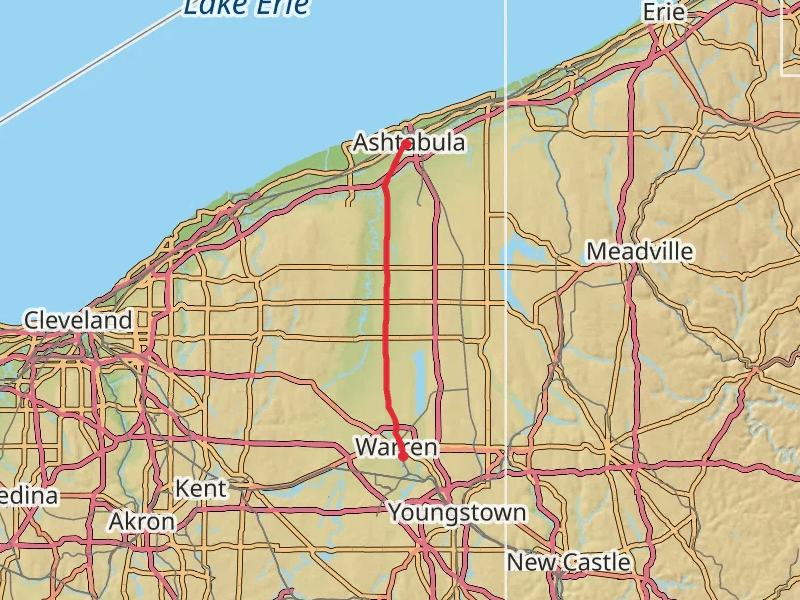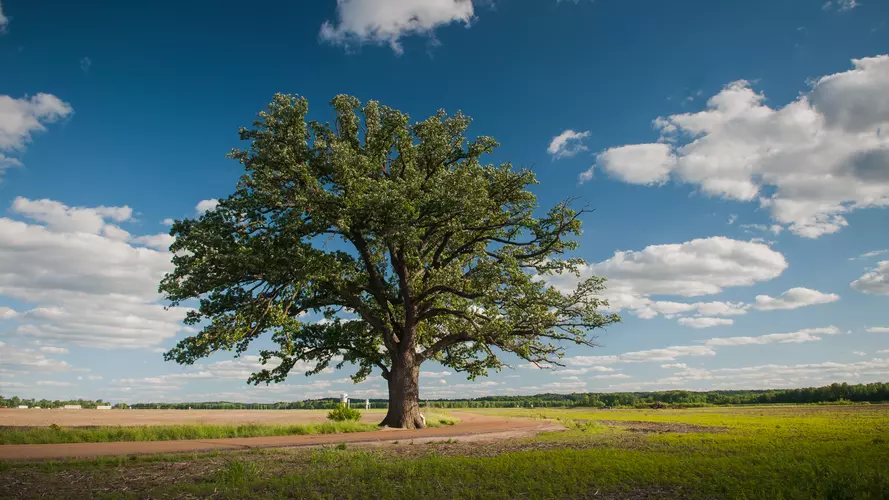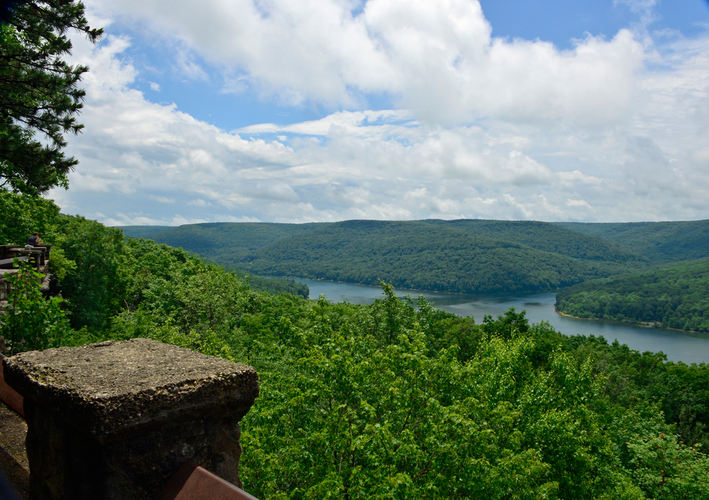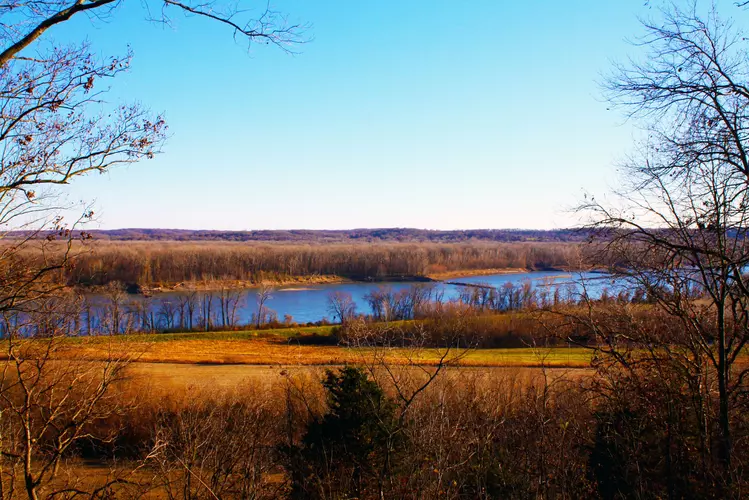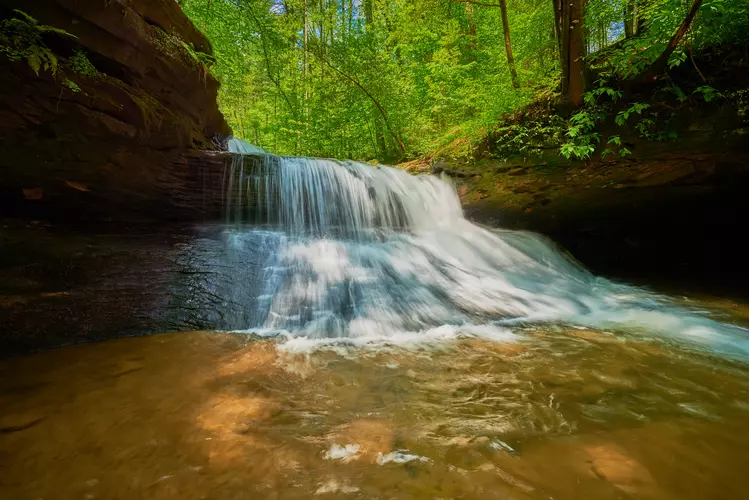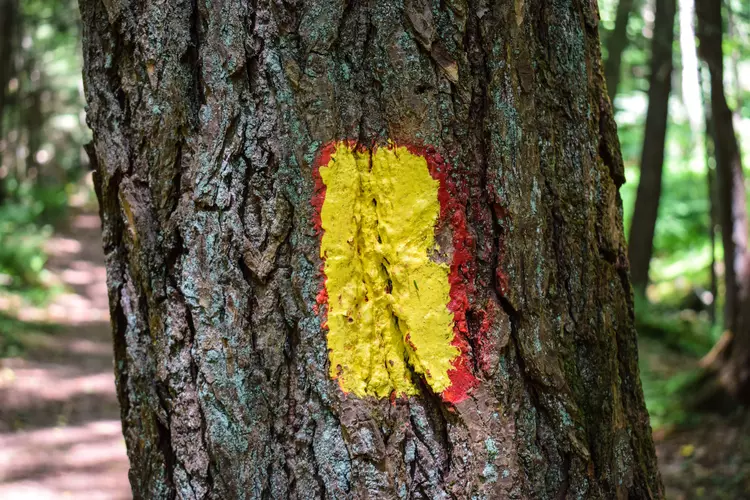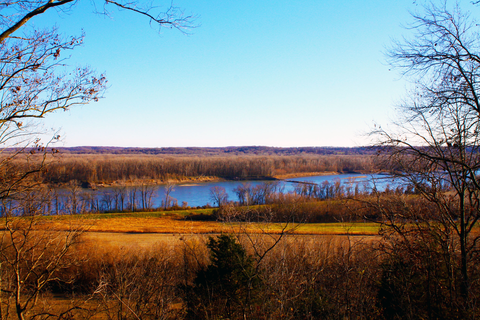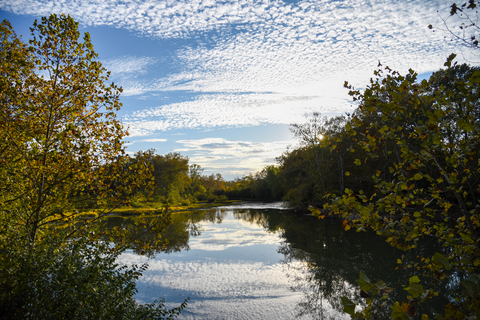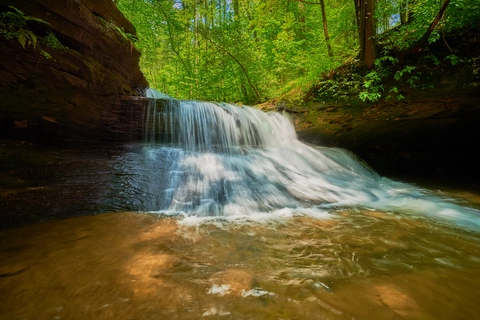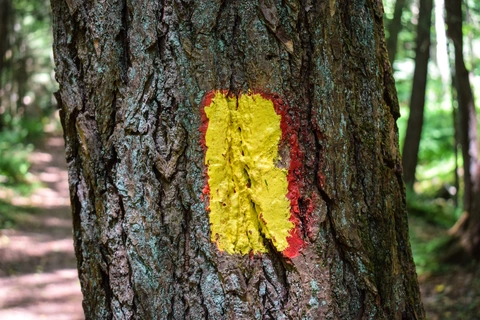"Explore Ohio's enchanting trails, offering magical landscapes and serene adventures for every hiker."
Ohio offers a diverse tapestry of trails that beckon hikers of all levels. From the lush, rolling hills of Hocking Hills State Park, where waterfalls and caves create a magical landscape, to the serene shores of Lake Erie at Cuyahoga Valley National Park, Ohio's trails promise adventure and tranquility. Discover the vibrant fall foliage, the whispering pines, and the rich history etched into every path. Whether you're seeking a peaceful walk or a challenging trek, Ohio's trails are a hiker's paradise.
Most popular hikes
FAQs about hiking in Ohio






More hikes in Ohio
by type
